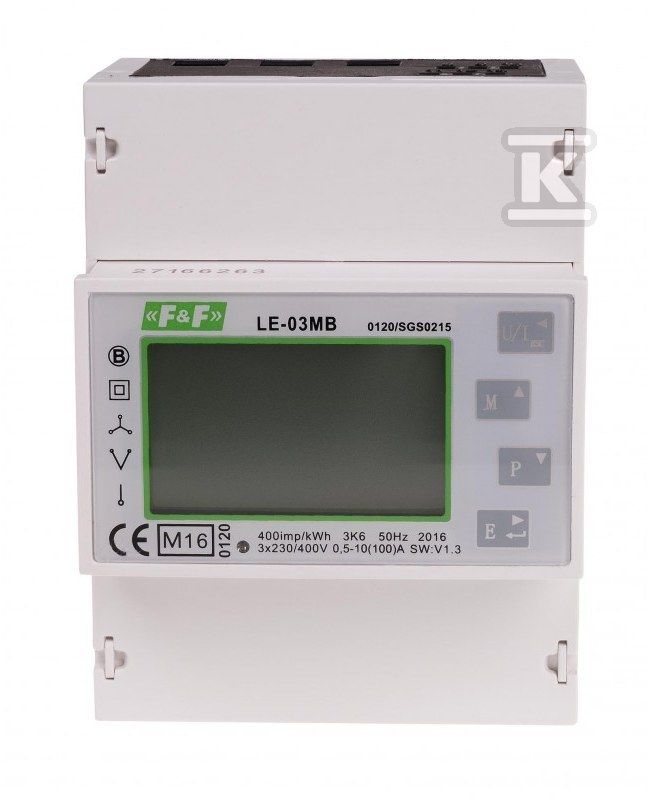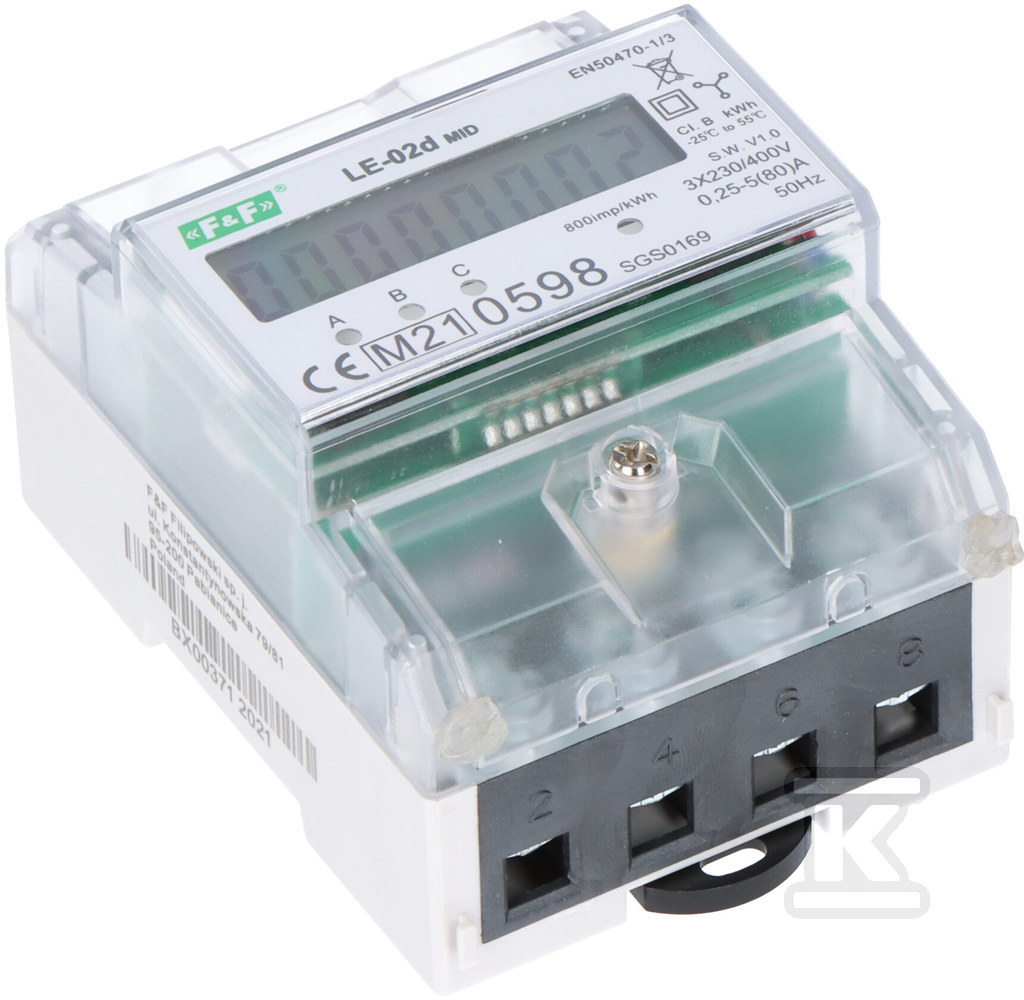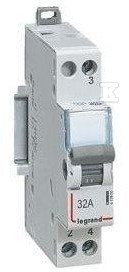Public buildings, due to their characteristics, require a unique approach to managing electricity consumption. Many factors affect the demand for electricity, including the changing number of visitors. In such a situation, modern solutions come to the rescue, which allow for optimizing electricity consumption. These are BMS systems, or so-called building automation. How do they work, what exactly are they for, and what to do to fully use their capabilities?

Check the control equipment at the Onninen wholesaler
Modern technologies allow us to optimize processes occurring in buildings more and more. This also applies to the efficient use of electricity. This allows for a reduction in operating costs, which is particularly noticeable in the case of public buildings. Here is everything you need to know about BMS systems.
What is a BMS system?
The BMS system is software that is responsible for controlling and supervising the work of other installations in a building. Its name is an abbreviation of the English words building management system, which can be translated literally as a building management system. This type of solution is used in so-called smart homes, as well as in various types of public utility facilities.
Due to their application and benefits, BMS systems were first intended for public buildings. Only later did they reach private users, who can now freely use them in their own homes. Such a system usually takes the form of a device integrated with other installations using cables and connected to various sensors.
How is the BMS system divided?
The BMS environment can be divided into two groups. The first is electrical energy management systems. These include protection and switchboards, measuring and lighting installations. These are also meters that monitor electrical energy consumption. In this group, we cannot forget about software that automatically implements energy efficiency solutions. In short, these systems are used to control everything related to the electrical installation.
 The second group is the comfort control systems inside the building. They are designed to maximize functionality, making it easier to operate all systems. These include ventilation, cooling, sound, audio-video, and even parking systems. This group is also responsible for heating and controlling how lighting works in individual sections of the building.
The second group is the comfort control systems inside the building. They are designed to maximize functionality, making it easier to operate all systems. These include ventilation, cooling, sound, audio-video, and even parking systems. This group is also responsible for heating and controlling how lighting works in individual sections of the building.
In addition to the two most popular groups, there is another one that can be found in industrial plants. They are used to automate production processes and deal with the operation of machines and installations in factories and other such buildings. They can also be systems related to storage, which facilitate the inventory of products.
Another division distinguishes the origin of BMS systems. In this way, they are divided into closed solutions, also called proprietary, or open. The former use the manufacturer's technology, which is not widely available due to protection, e.g. through a patent. The latter were created using open, generally available communication protocols.
Controlling building automation centrally and locally
Building automation can be controlled centrally or locally, depending on the current need. At the central level, control is performed using a special application or control panel. This is due to the fact that the use of standardized communication protocols allows for the integration of all systems.
If necessary, in buildings equipped with BMS systems, there are also no problems with local control. For this purpose, there are:
- control panels,
- on and off switches.
They can be used to control the operation of refrigeration, heating or air conditioning systems.
Check the control equipment at the Onninen wholesaler
Legal requirements that a BMS system must meet
 The main legal requirement is the EU standards that all BMS system components must meet. Before deciding on a particular solution, it is worth checking the presence of all the necessary certificates.
The main legal requirement is the EU standards that all BMS system components must meet. Before deciding on a particular solution, it is worth checking the presence of all the necessary certificates.
The law also affects BMS systems in a different way. It can even force their use. All because of the regulation on energy efficiency of buildings. It assumes a reduction in the consumption of electricity and heating for ecological reasons. For this reason, the state offers various solutions, such as government subsidy programs or thermal modernization relief. Thanks to them, it is possible to change buildings into more energy-efficient ones with a smaller financial outlay.
Scope and form of the project for buildings with EMS system
The introduction of energy management systems in buildings is much easier in the case of new buildings. In their case, the system is taken into account at the design stage. In this way, the integration of all installations is much faster and also less expensive.
Of course, the use of building automation is also possible in the case of existing buildings. This generates costs related to the need to carry out renovation. Therefore, the installation of BMS systems cooperating with EMS is often carried out during legally required modernizations. Their implementation was assumed by the long-term building renovation strategy, which came into effect in 2022.
What measurable savings result from using BMS systems?
The introduction of a BMS system in public utility buildings is a way to achieve tangible benefits. They allow for effective management of energy consumption, which reduces operating costs. Since their tasks include monitoring electricity, maintaining the facility in a good stable is much easier.
The BMS system will not only help optimize economic efficiency. It will also increase the comfort of using the building from the perspective of both employees and visitors. The use of systems that allow for the control of ventilation, air conditioning, or heating installations will significantly facilitate maintaining the appropriate temperature inside each room.
 There are also benefits to using BMS systems in terms of safety. Thanks to control over the operation of, among others, electrical installations, we have greater possibilities to prepare the correct response to crisis situations. Additionally, BMS systems also include fire protection installations.
There are also benefits to using BMS systems in terms of safety. Thanks to control over the operation of, among others, electrical installations, we have greater possibilities to prepare the correct response to crisis situations. Additionally, BMS systems also include fire protection installations.
It is important to remember that if the BMS system is to meet expectations, it must consist of high-quality components. Otherwise, instead of reducing, we may have to wait for an increase in power consumption. For example, an electricity meter will come in handy. For this purpose , a three-phase electricity consumption meter F&F m-bus, 100(5)a, mid LE-03MB will work well. This is a proven device equipped with m-bus ports, which allows you to monitor the demand for electricity on an ongoing basis. An energy meter , such as the electricity meter LE-02d F&F 3x230,400V, 3x5(63A) housing 5 modules LE-02D equipped with a special LCD display, may also work well. This device is used to measure the consumption of three-phase alternating current.
In order for the BMS system to fulfill its assumptions, appropriate electrical equipment will be needed. This includes signal lamps and push-button switches. Among them, it is worth mentioning components such as the Legrand FR300 32A single switch with a neutral point 412902 from the FR300 series. It allows for precise control of the flow of electricity, thanks to the fact that it is equipped with a neutral point.